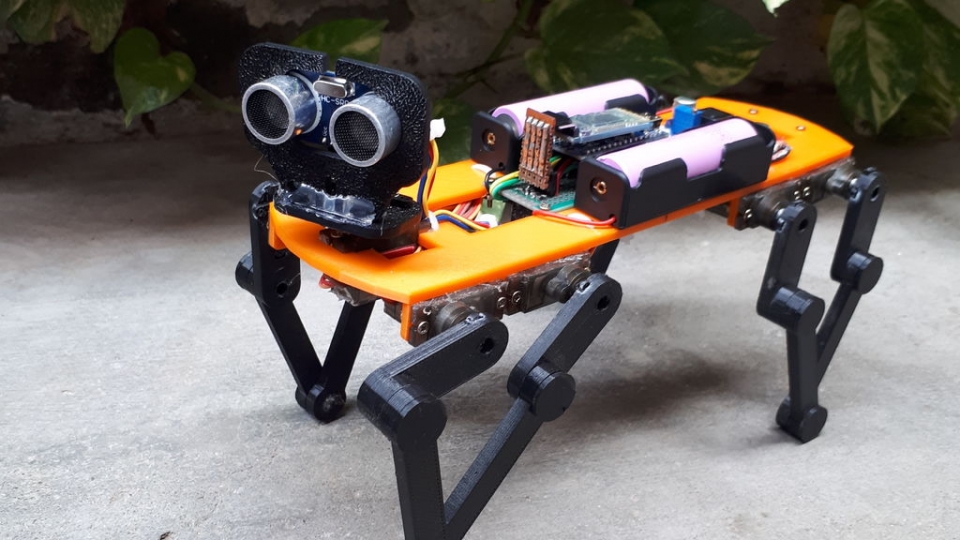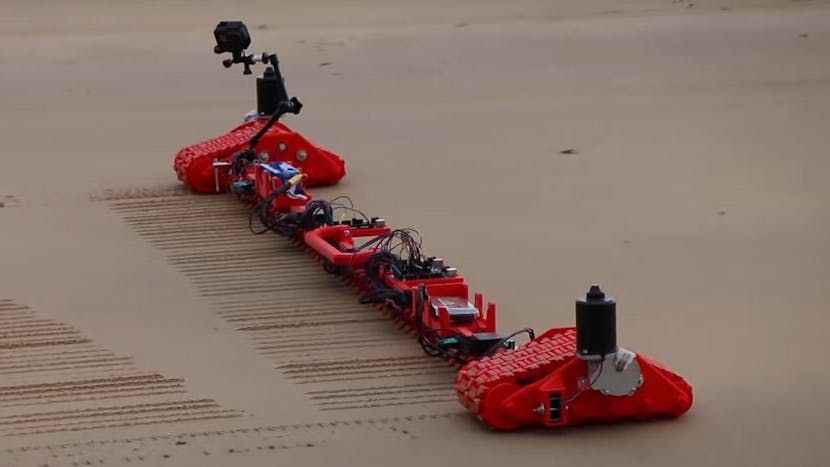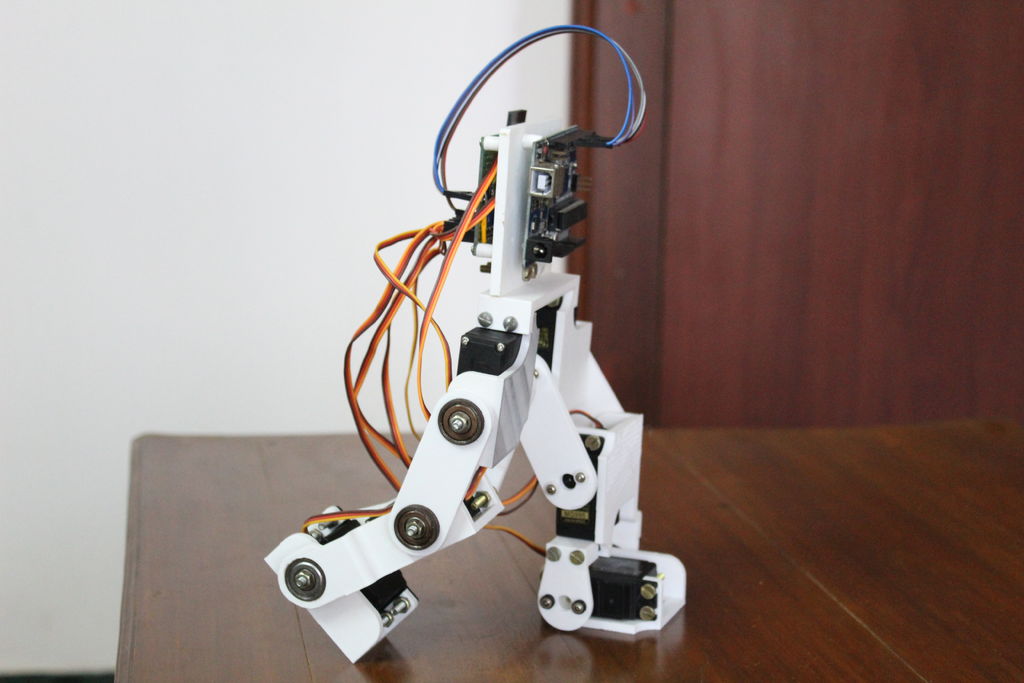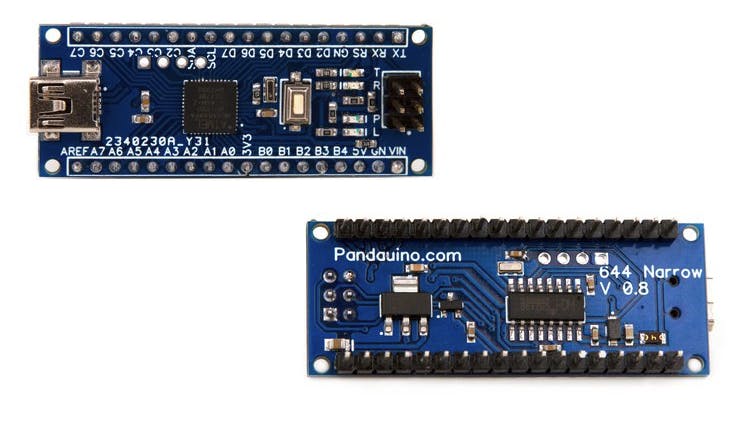New ATmega644 and ATmega1284-based boards boast the power — though not pins — of a Mega in a footprint only slightly larger than the Nano.
Catalonian maker Thierry Guennou’s Pandauino has launched what he claims is the smallest ever breadboard-compatible development boards to feature the Microchip ATmega644 or ATmega1284 microcontrollers.
“644 Narrow and 1284 Narrow are the simplest and perfect upgrade option for all your small footprint Arduino projects,” Guennou claims of his designs, which use microcontrollers more commonly associated with large boards like the Arduino Mega. “The Narrow board gives you two to eight times more flash and RAM resources as compared to a Uno/Nano, plus total compatibility.”
Read more…






